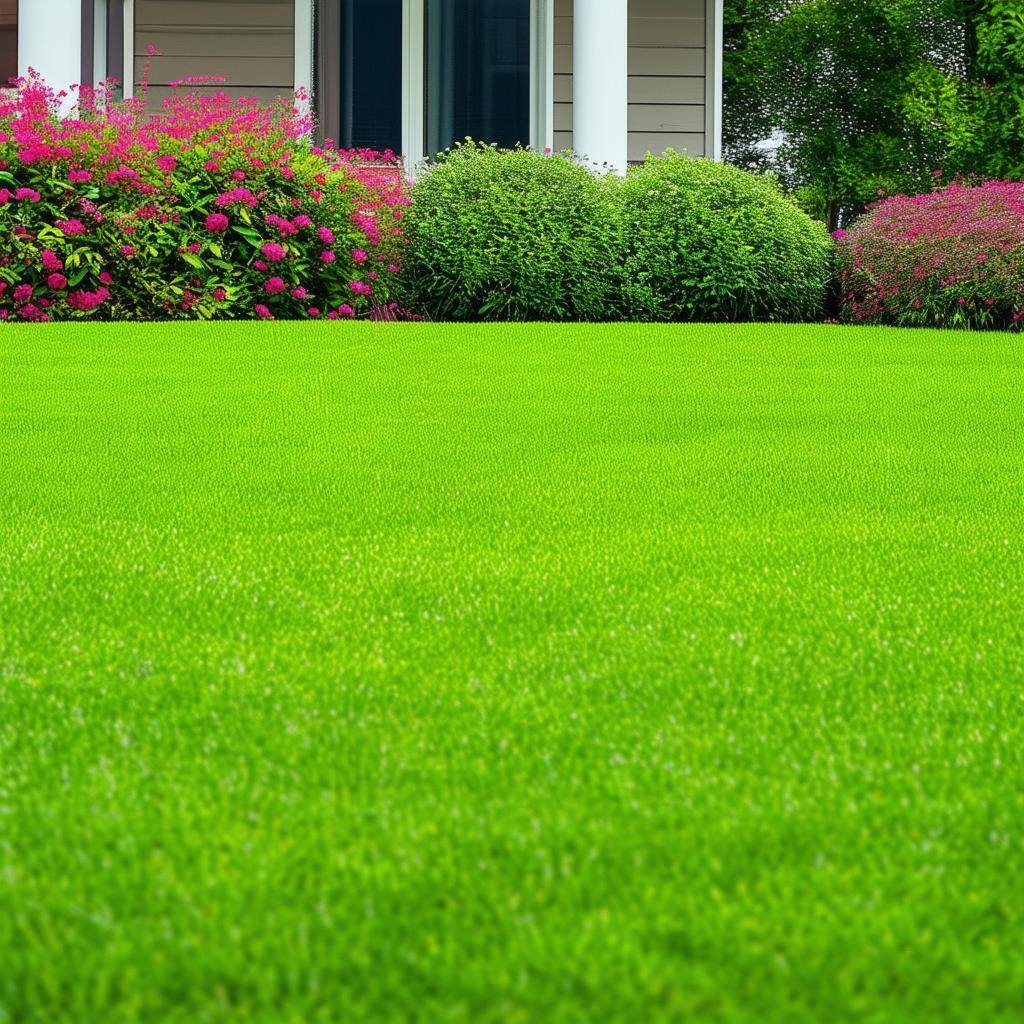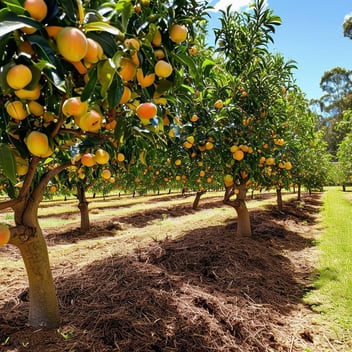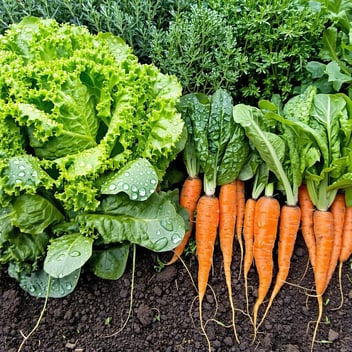Seasonal Care: A Month-by-Month Turf Maintenance Calendar
Overview — Why a tailored SEQ calendar matters
South East Queensland’s subtropical climate brings long warm seasons, humid summers, and mild winters.
That means your turf never quite “sleeps,” but rather fluctuates between stress peaks and growth spurts.
A generic lawn care calendar won’t cut it. Instead, aligning care with SEQ’s rhythms ensures your lawn thrives — not just survives.
Early Spring (September–October): Wake‑up Call for Your Lawn
Soil check, aeration & pH balance
With cooler earth and increased rainfall, early spring is a perfect time to assess your soil. A light soil test reveals nutrient balance and acidity — a key first step for robust turf rebound.
If compaction is evident, aerate to improve root penetration, water infiltration, and oxygen flow. This helps turf re‑establish quickly.
First fertiliser boost and pre‑emptive weed control
As grass begins to awaken, a balanced fertiliser — preferably slow‑release — can give roots and shoots the nourishment they need. Some lawns benefit from a pre‑emergent treatment to halt seasonal weed germination before it begins.
Overseeding thin patches
Spring’s moderate climate is ideal for overseeding bare or sparse zones. Seed blends suited to SEQ lawns will germinate smoothly now, giving a lush, uniform turf ahead of the busy growth months.
Late Spring (November): Growth Spurt & Weed Watch
Mowing regime as growth accelerates
With warmer days and longer sunlight hours, turf growth accelerates. Mow regularly enough to follow the “one‑third rule” — never remove more than a third of the blade at once. This ensures healthy growth without stress.
Irrigation prep before summer heat
Inspect and service irrigation systems. Adjust sprinkler coverage, check for leaks, and ensure water reaches root zones deeply. Early morning watering is best to reduce evaporation and fungal risk.
Watch for emerging pests/weeds
As turf strengthens and warms, weeds and pests often seize the moment. Monitor closely, spot‑treat or pull weeds before they spread, and stay alert for signs of grub or insect pressure.
Summer (December–February): Heat, Humidity and High Growth
Mowing strategy under heat stress
Summer growth may be rapid — but so is turf stress. Keep mower blades sharp and raise cutting heights slightly to preserve leaf surface and reduce heat shock to the crown and root zone.
Deep, efficient watering and irrigation timing
Water deeply but infrequently to encourage strong, deep roots. Early morning irrigation is ideal — avoid evening watering that can lead to fungal diseases in humid SEQ summers.
Monitor your lawn: if footprints linger on the turf or leaves look wilted, it’s time for a deep soak.
Pest, fungus, and stress monitoring
Heat and humidity are perfect breeding grounds for pests and fungal diseases. Inspect regularly for early signs — bare patches, yellowing, insect activity — and deal promptly. Maintaining soil and lawn health reduces need for aggressive chemical responses.
Autumn (March–April): Recovery and Root Strengthening
Fertilising for root restoration
As daylight wanes and temperatures moderate, apply a root‑strengthening fertiliser — ideally higher in potassium — to help the lawn store energy, build resilience, and prepare for winter.
Pre‑emptive weed control for winter
Autumn is your final window to apply pre‑emergent weed control before cooler weather. This reduces winter weed outbreaks and gives turf a head‑start in spring.
Soil amelioration and light aeration
If soil had heavy summer traffic or compaction, a light aeration or topdressing helps. Loosening the soil and improving drainage/infiltration supports healthy roots and soil microbiology over cooler months.
Late Autumn into Early Winter (May–June): Maintenance & Minimal Intervention
Reduced mowing, increased mowing height
Growth slows with cooler nights and shorter days. Mow less frequently but slightly higher to preserve turf health. This reduces stress and encourages root maintenance.
Minimise watering, rely on rainfall
With cooler, wetter conditions, watering can often be scaled back or even paused. Let natural rainfall dominate. Over‑watering in winter can invite fungal issues.
Leaf and debris cleanup, prepare for cooler months
Fallen leaves, sticks, or garden detritus can smother grass and invite pests. Keep the lawn clear. Use this time to inspect soil drainage, check mower condition, and plan spring tasks.
Mid–Winter (July): Rest, Observation and Prep for Spring
Soil moisture and drainage inspection
Winter rains can reveal drainage issues — pooling, waterlogging, or compaction. Take note now so you can correct any problems before spring growth ramps up.
Equipment maintenance and planning for upcoming season
Sharpen mower blades, service irrigation gear, clean filters, and reset timers. A smooth start to spring means less stress on turf and tools.
Identify problem zones for early Spring attention
Spots with poor drainage, shaded areas, or weed‑prone corners — mark them now. Early intervention in spring ensures a more uniform, resilient lawn.
Ongoing Care — Year‑Round Essentials
Soil monitoring & testing schedule
Every 12–18 months, test soil pH and nutrient levels. Adjust amendments based on results to avoid nutrient lock‑ups or imbalances. Healthy soil underpins healthy turf.
Integrated pest, weed, and disease vigilance
Rather than blanket chemical treatments, adopt a responsive strategy: monitor, spot‑treat, and restore lawn health through good cultural practices — mowing, watering, aeration — so turf itself combats invaders.
Adjusting care to actual weather and seasonal shifts
SEQ weather can shift — dry spells, unexpected rain, heat spikes. Use the lawn as your guide. Watch colour, soil moisture, growth rate. Adapt your calendar accordingly.
By following this month‑by‑month turf maintenance calendar, you align your lawn care with nature’s rhythms—minimising stress, maximising growth, and nurturing a verdant, resilient turf all year round.




